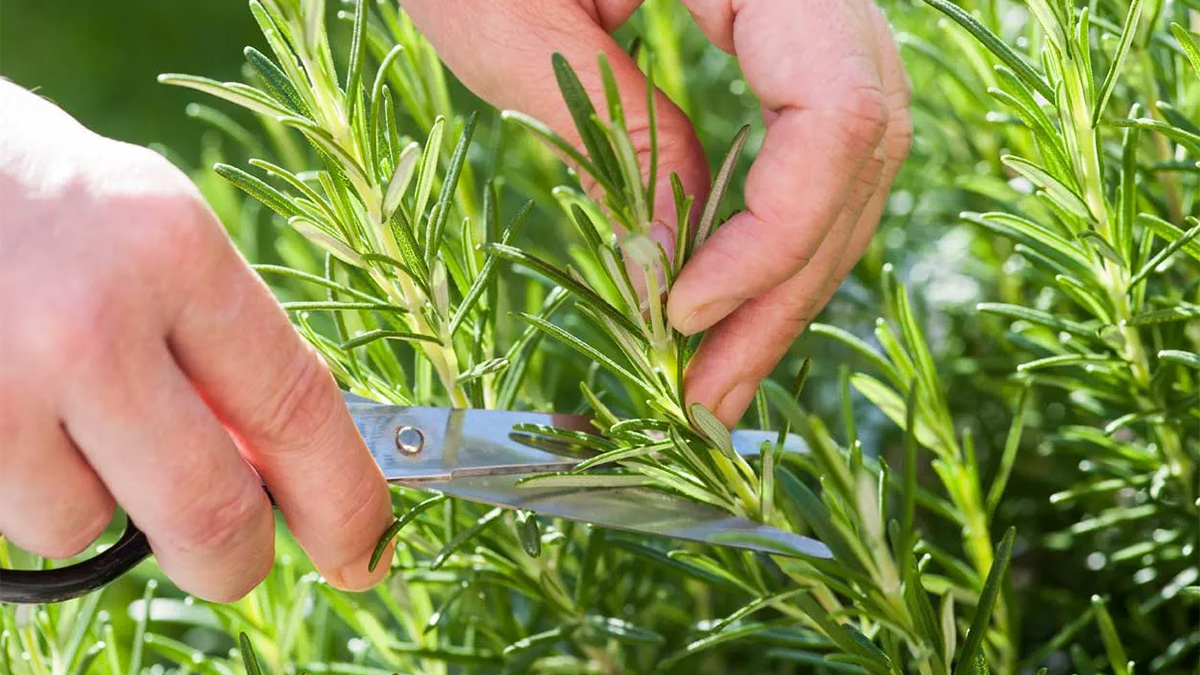Getting Started with Plant Propagation: 5 Easy Plants to Grow from Cuttings

Plant propagation is one of the most rewarding ways to grow your garden without spending a dime on new plants. By taking cuttings from your favorites, you can easily multiply your collection and learn more about how plants grow. This beginner-friendly method is simple, satisfying, and perfect for anyone eager to dig a little deeper into home gardening.
What is plant propagation by cuttings?
Plant propagation by cuttings is a method of creating new plants from a piece of an existing one. In most cases, a healthy stem or leaf is cut from the parent plant and encouraged to grow roots, eventually developing into an independent plant. It is a simple and efficient way to multiply your favorite houseplants or garden varieties.
The most beginner-friendly method is stem cutting, where a short section of stem with a few leaves is placed in soil or water. Over time, roots begin to form at the cut point, and a new plant starts to grow. This technique is both economical and satisfying, especially when you watch your cuttings flourish.
Tools and materials you’ll need
To get started, you will need a clean, sharp pair of scissors or pruning shears. Avoid using dull tools, as they can crush the stem and reduce the chance of successful rooting. You’ll also need small containers with good drainage and a lightweight potting mix or another growing medium like perlite or vermiculite.
Some gardeners use rooting hormone to speed up the process, although many plants will root just fine without it. A spray bottle can help keep the soil moist without overwatering. If you are using a humid environment to encourage rooting, a clear plastic cover or bag can help retain moisture around the cuttings.
Basic steps to take a successful cutting
Start by choosing a healthy stem from a mature plant that is not flowering. Cut just below a leaf node, which is where new roots are most likely to form. Remove the leaves from the lower portion of the cutting so they do not sit in water or soil.
Insert the cutting into moist potting mix or place it in a clean glass of water. Keep it in a bright spot with indirect sunlight and maintain consistent moisture. In a few days to a few weeks, depending on the plant, you should see new roots beginning to develop.
5 easy plants to grow from cuttings
Pothos (Epipremnum aureum)
Pothos is one of the easiest plants to propagate, making it perfect for beginners. Simply snip a stem just below a node, place it in water, and watch roots begin to appear within a week or two. Once the roots are a few inches long, the cutting can be transferred into soil to continue growing.
This plant is highly adaptable and will thrive in a variety of indoor conditions. It also makes a beautiful trailing plant for shelves or hanging planters. With regular watering and moderate light, your new pothos will grow quickly and reward you with lush foliage.
Spider plant (Chlorophytum comosum)
Spider plants are known for producing baby plantlets on long stems, which are easy to root. These offshoots can be snipped off and placed in water or directly into moist soil. They usually develop roots quickly and are ready for potting within a couple of weeks.
This is a great plant to propagate with kids or beginners because the success rate is high. Spider plants prefer bright, indirect light and regular watering. With minimal effort, you can turn one spider plant into several new ones over time.
Coleus (Plectranthus scutellarioides)
Coleus is loved for its colorful foliage and is just as easy to propagate as it is beautiful. Take a soft stem cutting, remove the lower leaves, and place it in water or soil. Roots often form within a week, and new growth follows soon after.
These plants do well in partial shade and can be grown indoors or out. Once rooted, coleus cuttings quickly fill out, adding vibrant color to containers or garden beds. Regular pinching helps maintain a full, bushy shape.
Rosemary (Salvia rosmarinus)
Rosemary is a woody herb that roots best from fresh, green stem cuttings. Choose a four to six-inch cutting, strip the lower leaves, and plant it in a sandy, well-draining mix. Keep the soil lightly moist and place the pot in a warm area with indirect light.
Rooting rosemary can take a bit longer than softer plants, but with patience, it will establish well. Once rooted, rosemary thrives in sunny locations and well-drained soil. This herb is perfect for culinary use and adds fragrance to patios or windowsills.
Tradescantia (Wandering Jew)
Tradescantia is a fast-growing, colorful trailing plant that propagates easily in water. Cut a healthy stem just below a node, remove a few lower leaves, and place the stem in a jar of water. Roots develop quickly, often within a few days.
This plant loves bright, indirect light and regular moisture. Tradescantia works well in hanging baskets, where its cascading foliage can really shine. Propagating it is a great way to share cuttings with friends or expand your collection.
Common mistakes to avoid
One of the most common mistakes is using dull or dirty tools, which can damage the plant and introduce bacteria. Always sterilize your scissors or pruners before taking cuttings. Overwatering is another issue, especially if using soil as the rooting medium.
Cuttings need moisture, but they also need air circulation to prevent rot and mold. Avoid placing them in full sun, which can dry them out or cause stress. Be patient and resist the urge to tug on the cutting, as this can disturb fragile new roots.
Some plants take longer than others to root, so it’s important not to give up too quickly. Keep the environment consistent, and in most cases, you will see signs of growth within a few weeks.
Conclusion
Learning to grow plants from cuttings opens up a world of possibilities for gardeners of all skill levels. With just a few tools and the right approach, you can create healthy new plants from your existing favorites. Whether you’re expanding your collection or sharing with friends, propagation is a fun and practical way to grow your gardening skills.
